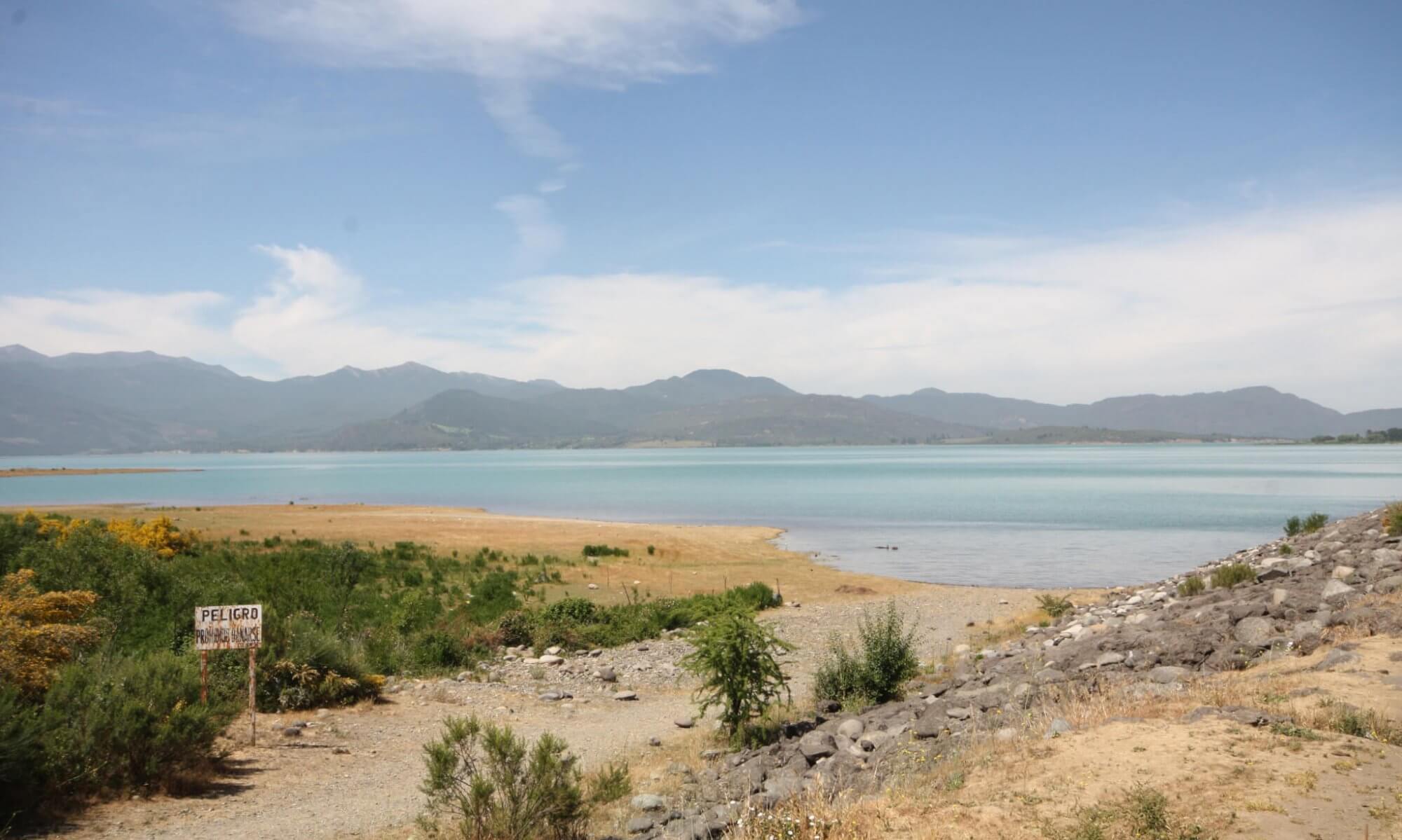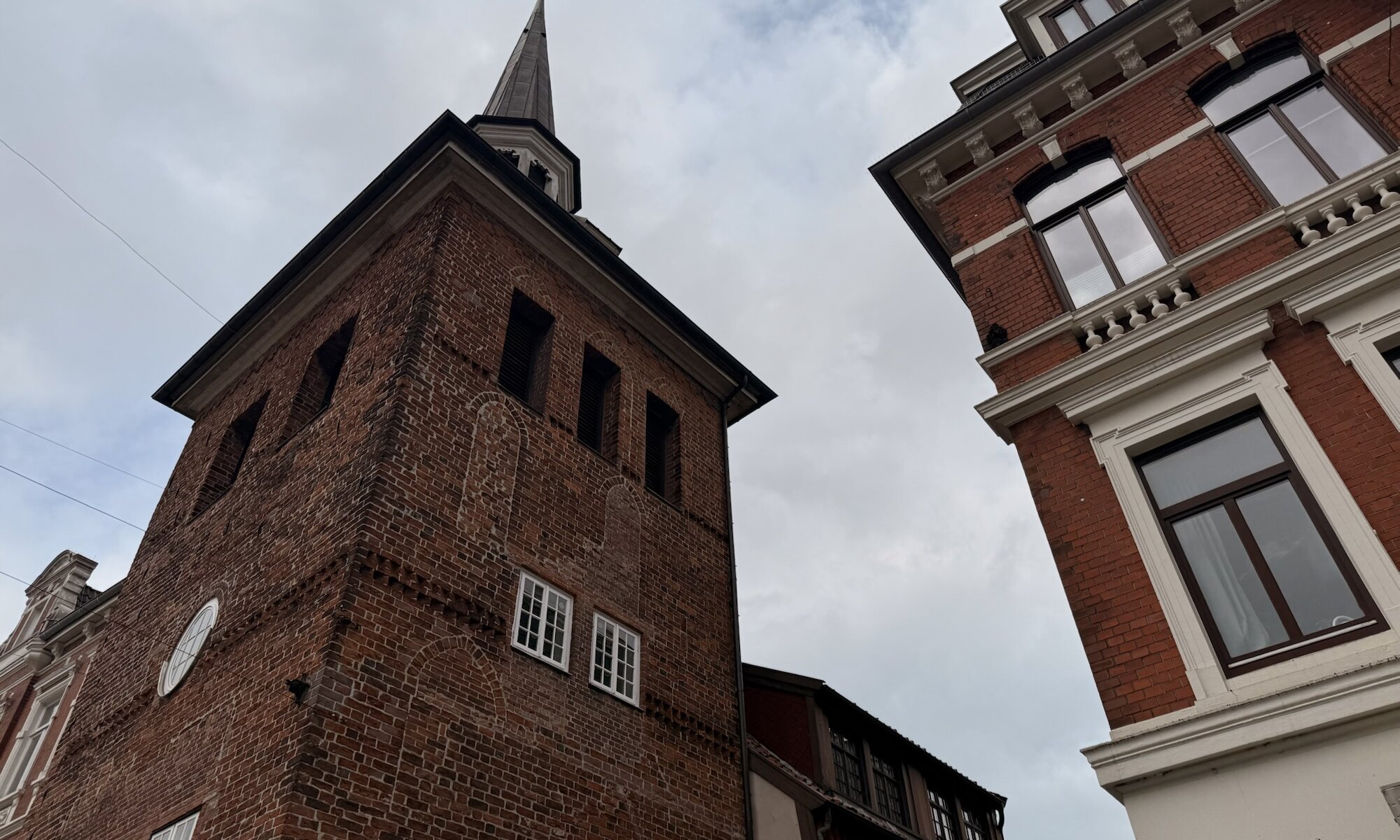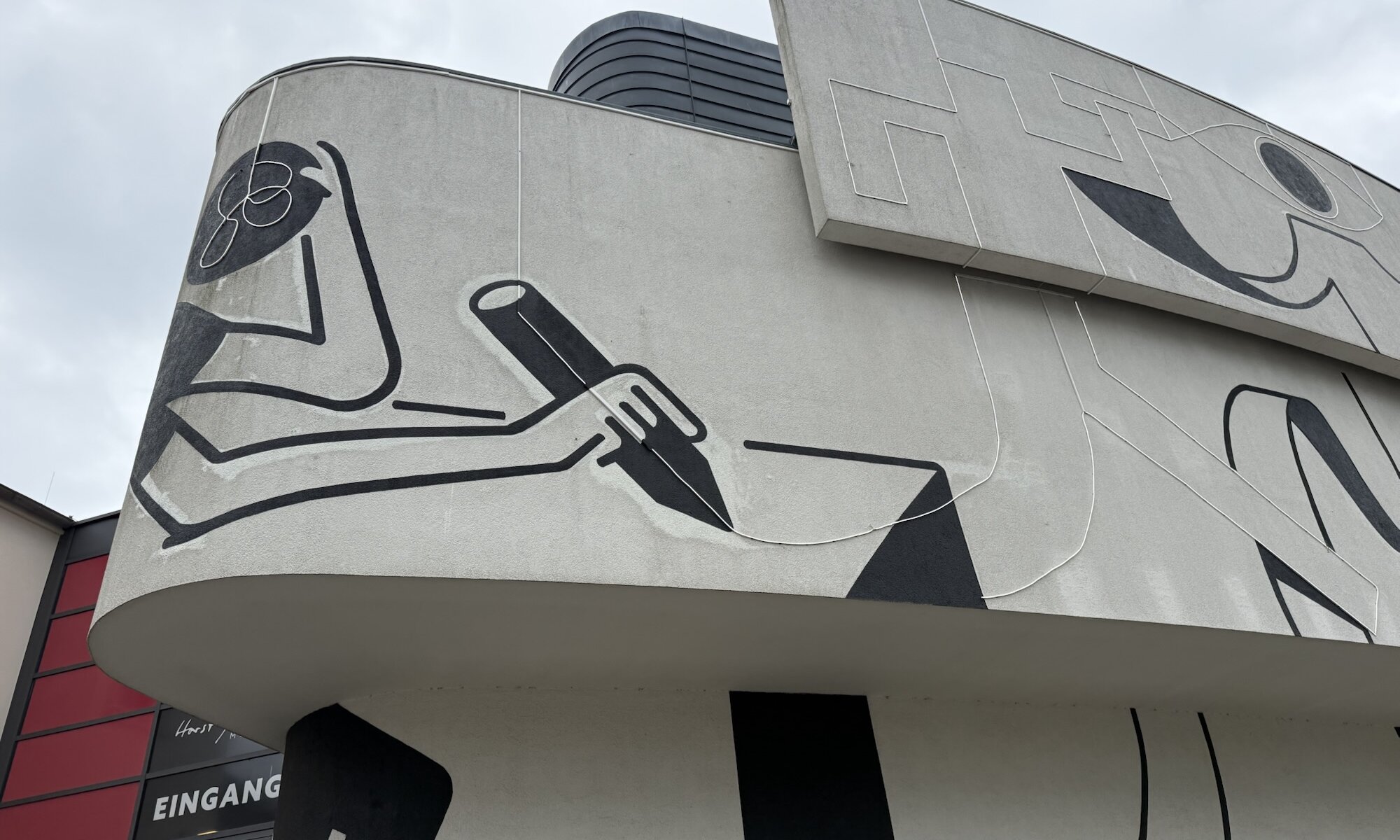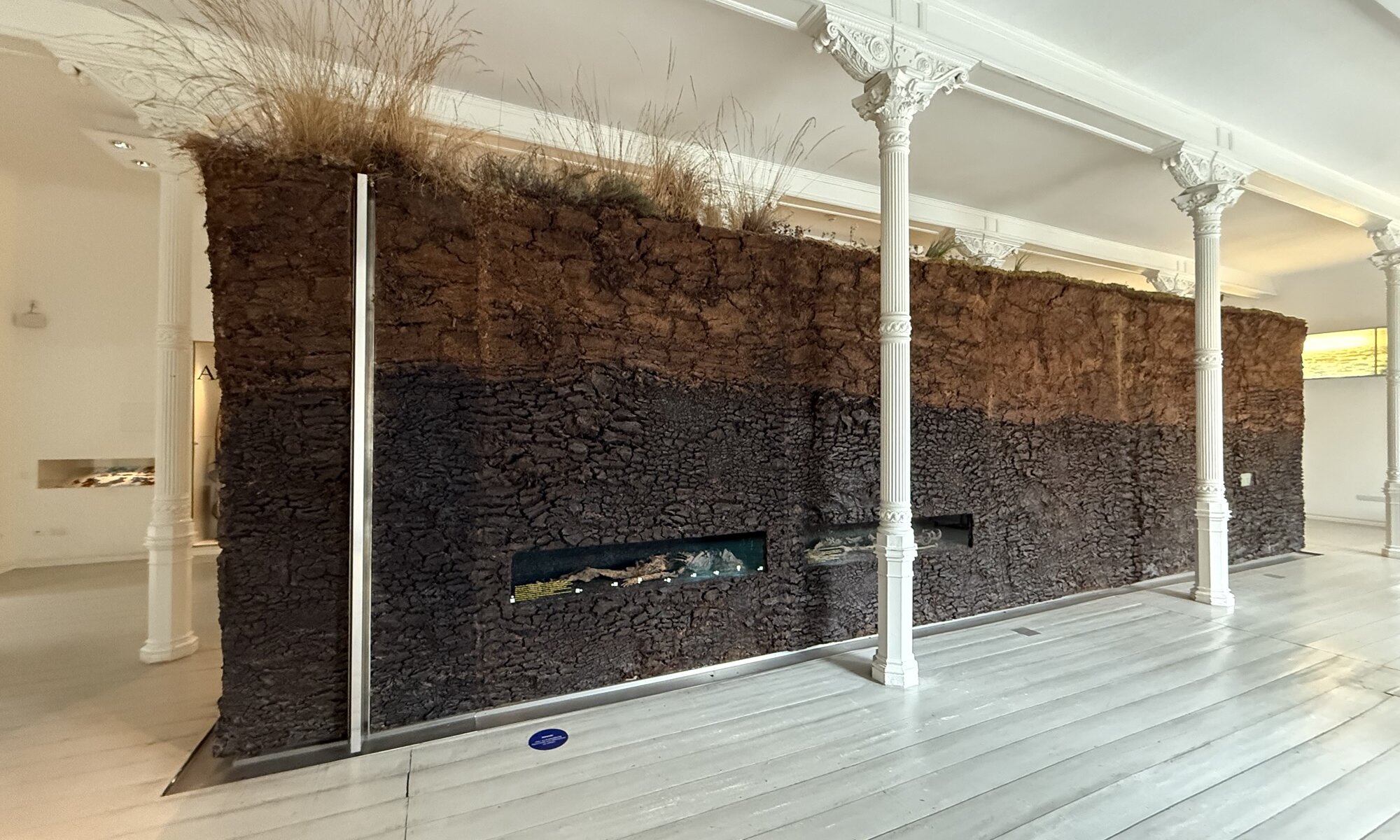Oldenburg’s roots stretch back to the early Middle Ages, with archaeological finds dating its first settlements to the 7th or 8th century. The city was first recorded as ‘Aldenburg’ in 1108, when it was a strategic fortress on a trade route between Bremen and Frisia. Over the centuries, Oldenburg grew in importance, becoming a seat of power for the Counts of Oldenburg, and later, through dynastic ties, influencing the thrones of Denmark, Norway, and Sweden. The city endured periods of prosperity and hardship, including devastating fires and Danish rule, before emerging as a vibrant regional center. Today it is the third largest city in the German federal state of Lower Saxony.
Continue reading “Oldenburg in Oldenburg”Janssen
The Horst-Janssen-Museum in Oldenburg is a cultural highlight for anyone interested in the graphic arts and the complex life of one of Germany’s most celebrated artists. Opened in 2000, the museum is dedicated entirely to Horst Janssen, offering a comprehensive look at his artistic legacy across 1,000 square meters of exhibition space. Visitors encounter a diverse array of his works – drawings, etchings, wood engravings, lithographs, posters, and illustrations – arranged thematically to reflect the many facets of his creativity. The museum also features a reconstruction of Janssen’s studio, providing a vivid sense of his working environment and personal world.
Continue reading “Janssen”Mensch und Natur
The Landesmuseum Natur und Mensch in Oldenburg is a fascinating destination for anyone interested in the interplay between people and the natural world. Housed in one of Germany’s oldest museums, its exhibitions focus on the diverse landscapes of the region, from moorlands to marshes and the Geest. Visitors can explore permanent displays that highlight the natural habitats for local flora and fauna, as well as the ways humans have shaped and adapted to these environments since the Stone Age. The museum also features an aquarium showcasing the underwater world of the Hunte river and a mineral vault with precious stones and minerals.
Continue reading “Mensch und Natur”Schloss Oldenburg
The Schloss at Oldenburg is a striking example of Renaissance architecture, built primarily in the early 17th century on the site of a medieval lowland castle dating back to around 1100. The transformation into a residential mansion was initiated by Count Anton Günther of Oldenburg, who modeled it after Italian palazzi, resulting in a four-wing complex with Renaissance-style façades adorned with sculptural details. Over the centuries, later rulers added elements of Classicism and Neorenaissance, giving the Schloss a rich architectural layering that reflects its long history as a seat of power and culture in the region.
Continue reading “Schloss Oldenburg”



